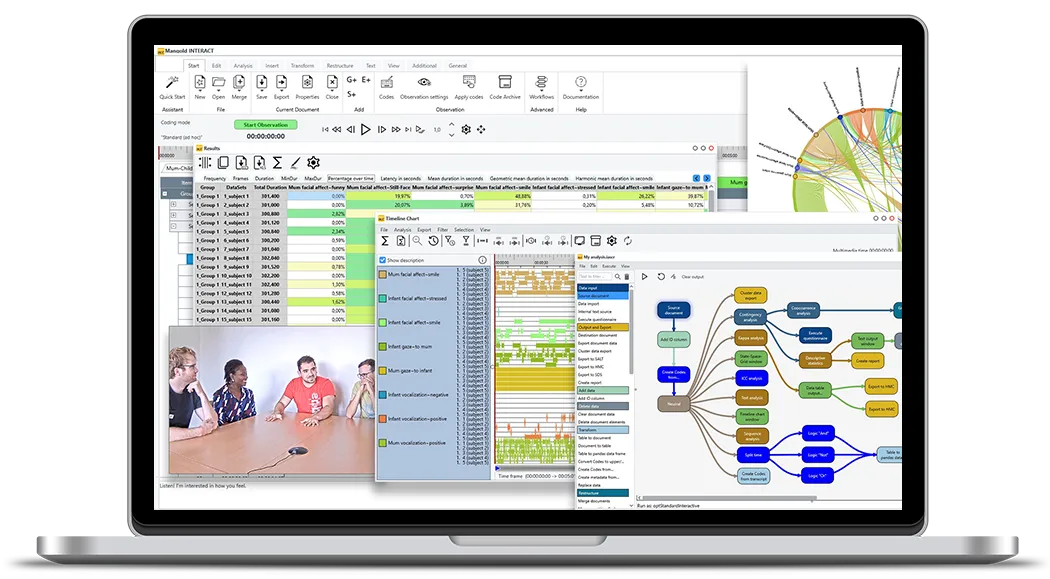Tutorial · 2 min read
How to Link Multimedia Files in INTERACT Software
Learn how to effectively manage and link multimedia files to observational data in INTERACT, ensuring seamless access across different platforms and team environments.

Introduction
Managing multimedia files effectively is crucial for behavioral research projects. This tutorial demonstrates how to properly link multimedia files to observational data in INTERACT, ensuring seamless access across different platforms and team environments. Whether you’re working independently or as part of a research team, understanding proper file management is essential for maintaining data integrity and workflow efficiency.
What You’ll Learn
- Master the creation of stable file references in INTERACT
- Understand how to manage multimedia files across different operating systems
- Learn best practices for organizing project folders and file structures
- Discover how to link various file types for documentation purposes
- Implement efficient file management strategies for team collaboration
Video Tutorial
Tutorial Overview
File management and linking in INTERACT is designed to maintain reliable connections between your observational data and multimedia sources. When starting a new observation, INTERACT prompts users to establish proper file references, ensuring that multimedia files can be accessed consistently throughout your research project.
The tutorial addresses critical aspects of file management, including cross-platform compatibility between Windows and macOS systems. It explains how drive letter references can affect file accessibility and presents solutions for creating stable links that work across different computing environments. The recommended approach involves creating a structured project folder system that maintains reliable file references regardless of the operating system or drive mounting configurations.
A key feature highlighted in the tutorial is INTERACT’s ability to manage multiple media files per session. This is particularly valuable for research involving multiple cameras or audio sources, as all referenced recordings can be opened simultaneously with a single action. The tutorial also covers how to link supplementary files such as images, documents, and sensor data files, which can be essential for comprehensive documentation of research procedures.
The final section demonstrates practical implementation of these concepts, including both drag-and-drop methods and menu-based approaches for linking files. Understanding these file management principles ensures that your research data remains organized and accessible, facilitating both individual work and team collaboration.
INTERACT: One Software for Your Entire Research Workflow
From data collection to analysis—including GSEQ integration—INTERACT has you covered.
